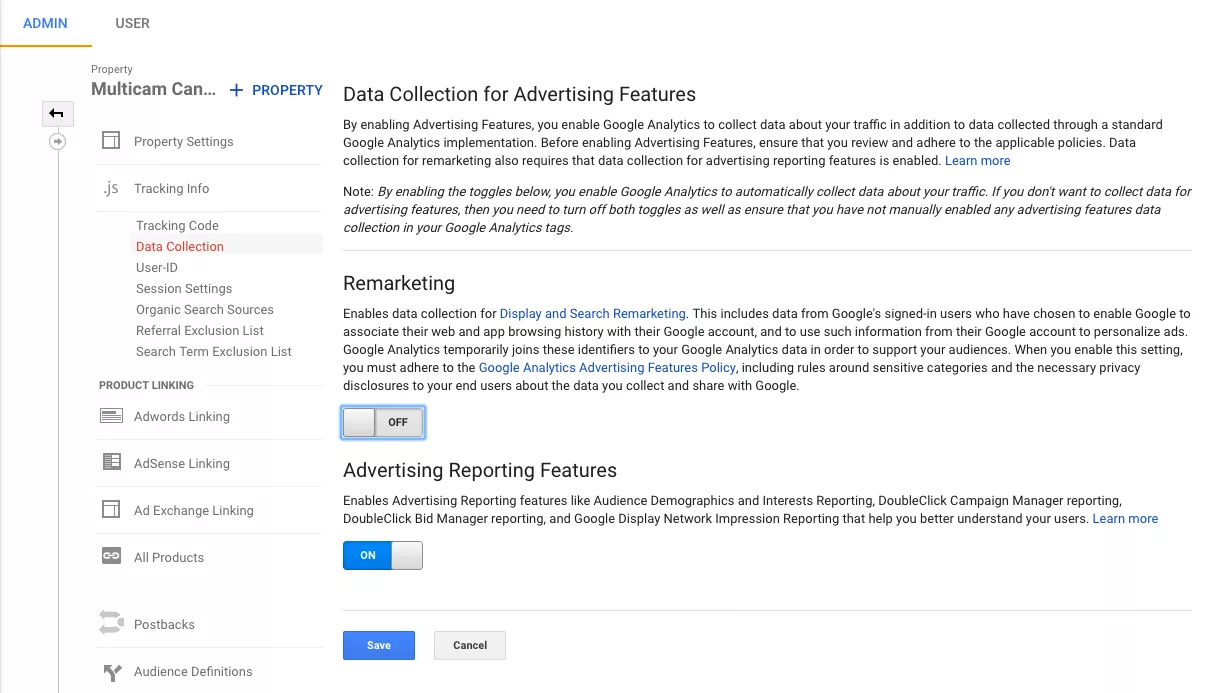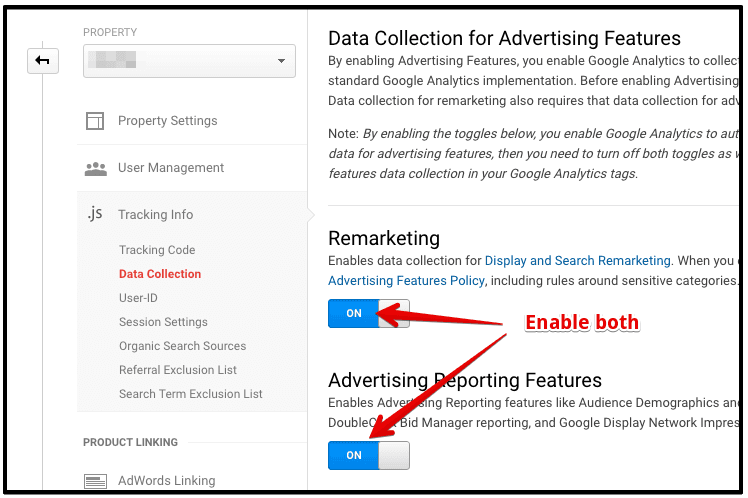Maximizing Your ROI with Remarketing In Google Analytics
Maximizing Your ROI with Remarketing In Google Analytics
Blog Article
Utilizing Remarketing in Google Analytics: A Comprehensive Guide
Harnessing remarketing in Google Analytics supplies businesses a strategic side in connecting to potential customers. The capacity to target individuals that have actually already communicated with your web site presents an unique chance for customized advertising efforts. By recognizing how to craft audience checklists and deploy them properly, companies can dramatically improve their conversion rates. Nonetheless, the ins and outs of establishing up and optimizing remarketing projects call for a detailed understanding of target market division and performance analysis. This overview will lose light on the necessary steps associated with utilizing the complete potential of remarketing in Google Analytics, bring about improved marketing end results.
Recognizing Remarketing in Google Analytics
Remarketing in Google Analytics enables companies to tactically target customers who have formerly engaged with their website or mobile app. By leveraging information from Google Analytics, companies can develop personalized remarketing lists based upon individual actions, such as web pages seen, actions taken, or particular objectives attained. This powerful tool makes it possible for businesses to re-engage with users that have actually shown interest in their services or products, inevitably raising the possibility of conversion.
Understanding the various sorts of remarketing methods is important for a successful project - What Is “Remarketing” In Google Analytics?. Google Analytics offers numerous options, consisting of common remarketing, dynamic remarketing, and remarketing lists for search advertisements (RLSA) Each type serves a distinct objective and can be customized to fulfill certain advertising and marketing goals
In addition, analyzing the performance of remarketing campaigns is crucial for optimizing results. Google Analytics provides valuable insights into the performance of various remarketing methods, permitting organizations to make data-driven choices and fine-tune their targeting method. By constantly readjusting and monitoring remarketing initiatives based upon analytics data, services can make best use of ROI and drive success in their marketing campaigns.
Setting Up Remarketing Projects

After establishing target market checklists, the following step is to link Google Analytics with Google Ads. By linking these 2 systems, businesses can perfectly move audience lists from Google Analytics to Google Advertisements for remarketing purposes. This integration enables even more specific targeting and better campaign performance.
As soon as the accounts are connected, businesses can create remarketing projects in Google Ads using the target market provides formerly specified in Google Analytics. These projects can be customized with specific ad creatives, messaging, and bidding methods to effectively re-engage with previous visitors and drive conversions. By following these actions, businesses can take advantage of the power of remarketing to improve their marketing initiatives and raise ROI.
Using Target Market Division Techniques

Predefined sections in Google Analytics permit you to promptly assess usual official statement audience categories like brand-new customers, returning individuals, or customers that completed a particular objective on your web site. Personalized sectors, on the various other hand, enable you to create one-of-a-kind sectors based on details requirements that read here are necessary to your company goals. Dynamic remarketing checklists automatically adjust based on user habits, showing customized ads to customers who have interacted with your site particularly means.
Analyzing Remarketing Performance Metrics
Upon reviewing the performance of remarketing campaigns in Google Analytics, the evaluation of crucial efficiency metrics supplies important understandings right into target market involvement and conversion rates. By diving right into metrics such as click-through prices (CTR), conversion prices, expense per acquisition (CPA), and return on ad spend (ROAS), marketing experts can assess the success of their remarketing initiatives. CTR suggests the percentage of users that clicked the advertisement after viewing it, reflecting the ad's relevance and charm. Conversion rates gauge the portion of customers that finished a wanted activity, such as buying, after clicking on the ad. CPA discloses the average cost sustained for every conversion, aiding examine project profitability. ROAS, on the various other hand, measures the revenue produced for every buck spent on marketing. Assessing these metrics enables marketing professionals to enhance projects, improve audience targeting, and designate spending plans efficiently to enhance total remarketing performance.
Enhancing Remarketing Approaches
When refining remarketing approaches in Google Analytics, focusing on target market division is paramount for attaining campaign success. By dividing your audience into specific sections based upon their actions, demographics, or rate of interests, you can tailor your advertisements better to each group. This targeted strategy increases the possibility of engaging individuals who have actually already shown rate of interest in your solutions or items, leading to higher conversion prices.
Another vital facet of optimizing remarketing techniques is constantly testing and refining your projects (What Is “Remarketing” In Google Analytics?). A/B testing different ad creatives, messaging, or deals can help you identify what resonates finest with your target market and drives one of the most conversions. By assessing the performance of these examinations my latest blog post in Google Analytics, you can make data-driven decisions to enhance your remarketing initiatives even more
Moreover, leveraging vibrant remarketing can substantially enhance your project results. This feature enables you to reveal individualized ads to customers based on their past interactions with your site, showcasing product and services they have actually formerly seen. By delivering customized material to users based upon their actions and rate of interests, dynamic remarketing can aid increase engagement and drive conversions.
Conclusion
In final thought, using remarketing in Google Analytics is a critical technique to target customers who have previously engaged with a website. By creating customized audience lists and making use of audience division strategies, businesses can optimize remarketing advocate enhanced conversion prices. Analyzing performance metrics and continuously enhancing strategies are vital for making best use of the performance of remarketing efforts.
Google Analytics provides numerous choices, consisting of conventional remarketing, dynamic remarketing, and remarketing listings for search advertisements (RLSA)After setting up audience lists, the following step is to link Google Analytics with Google Ads. By linking these two systems, companies can perfectly transfer audience lists from Google Analytics to Google Advertisements for remarketing objectives.When the accounts are connected, organizations can develop remarketing campaigns in Google Ads making use of the audience lists formerly specified in Google Analytics.When refining remarketing approaches in Google Analytics, concentrating on target market segmentation is critical for achieving project success.
Report this page